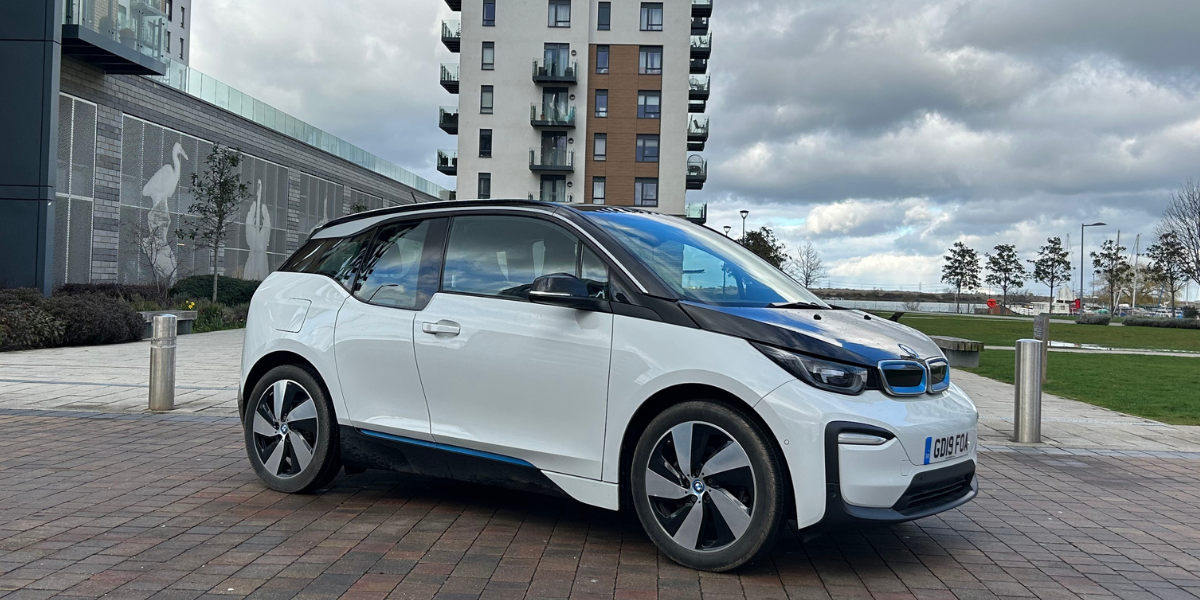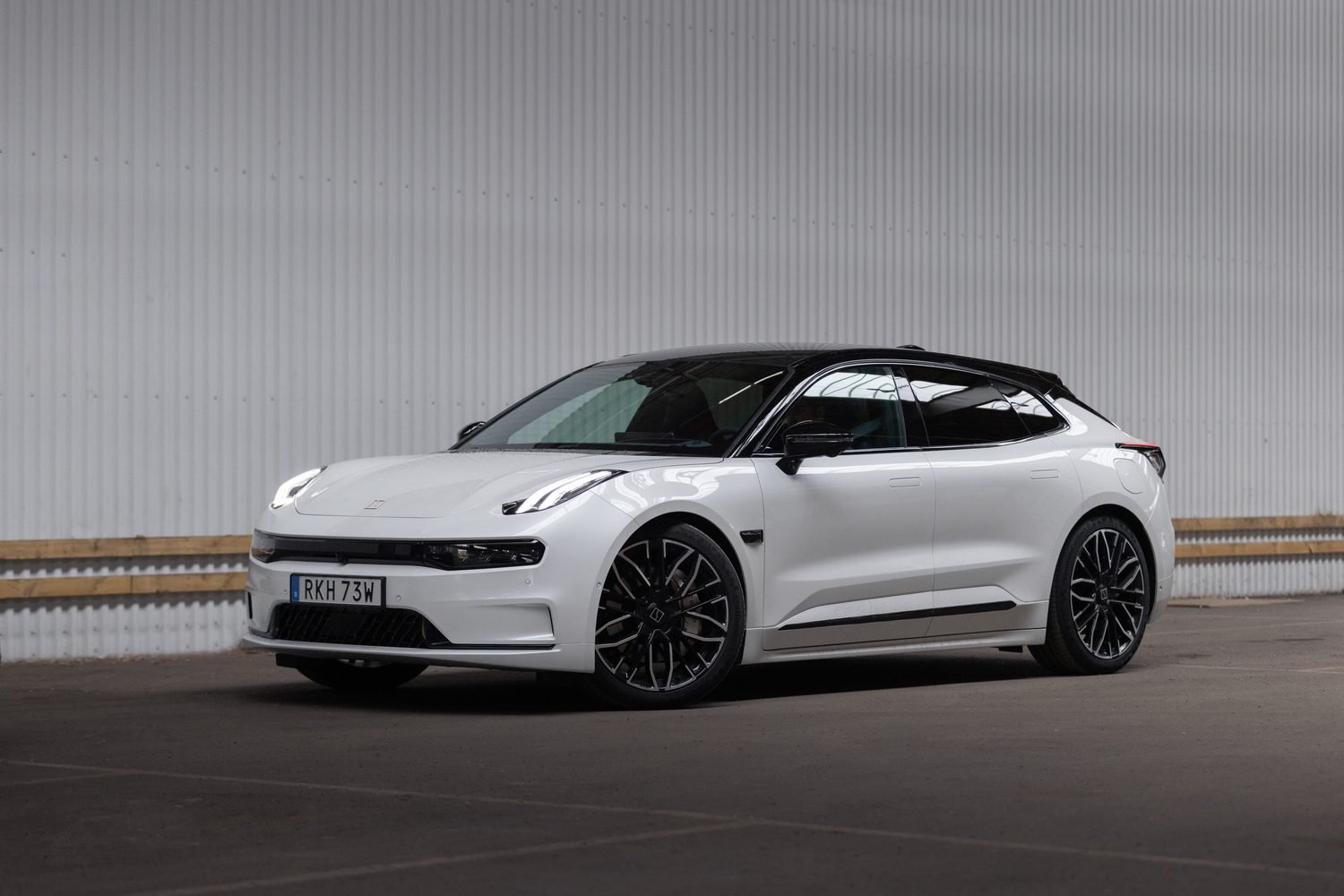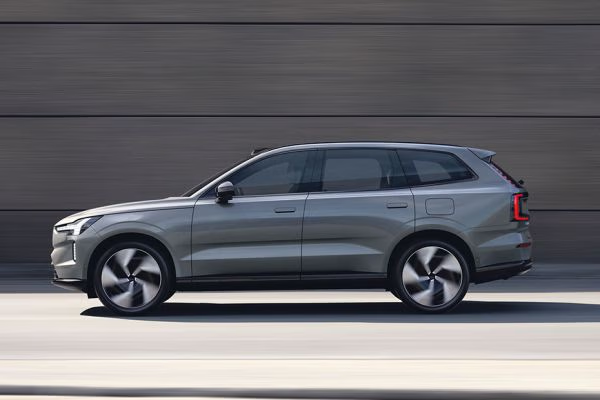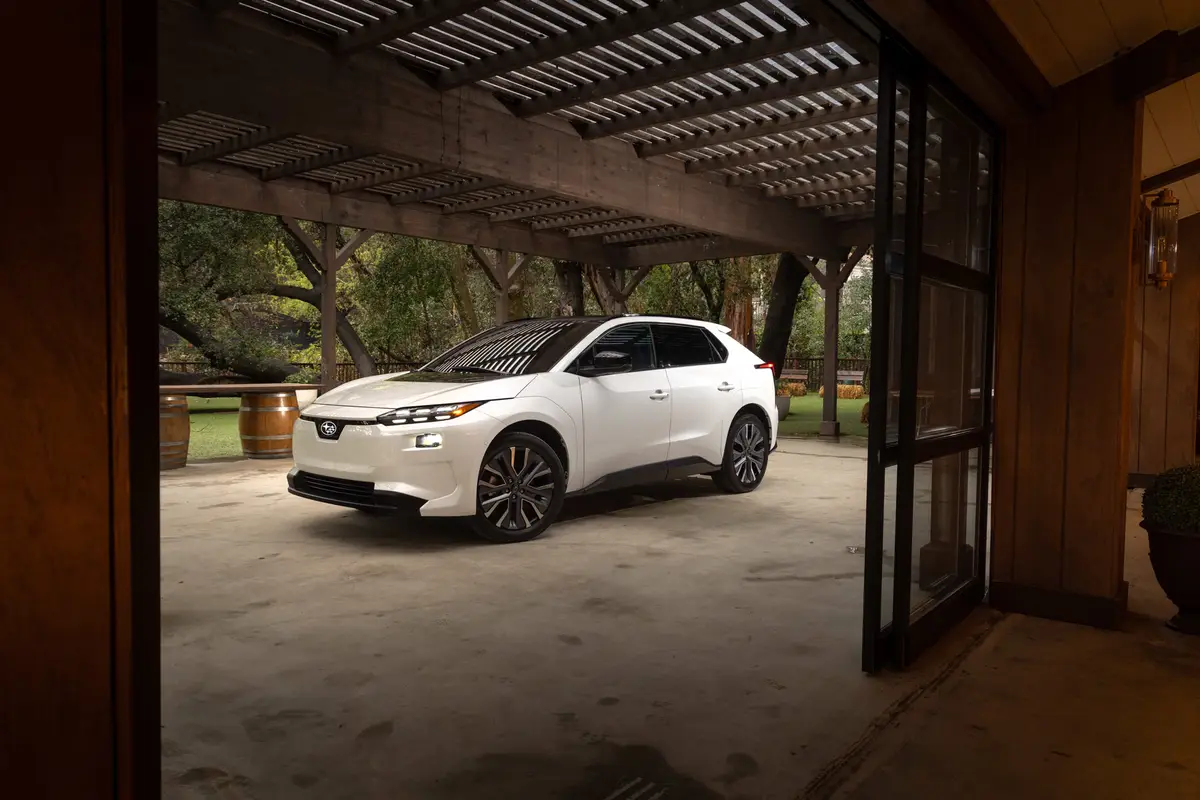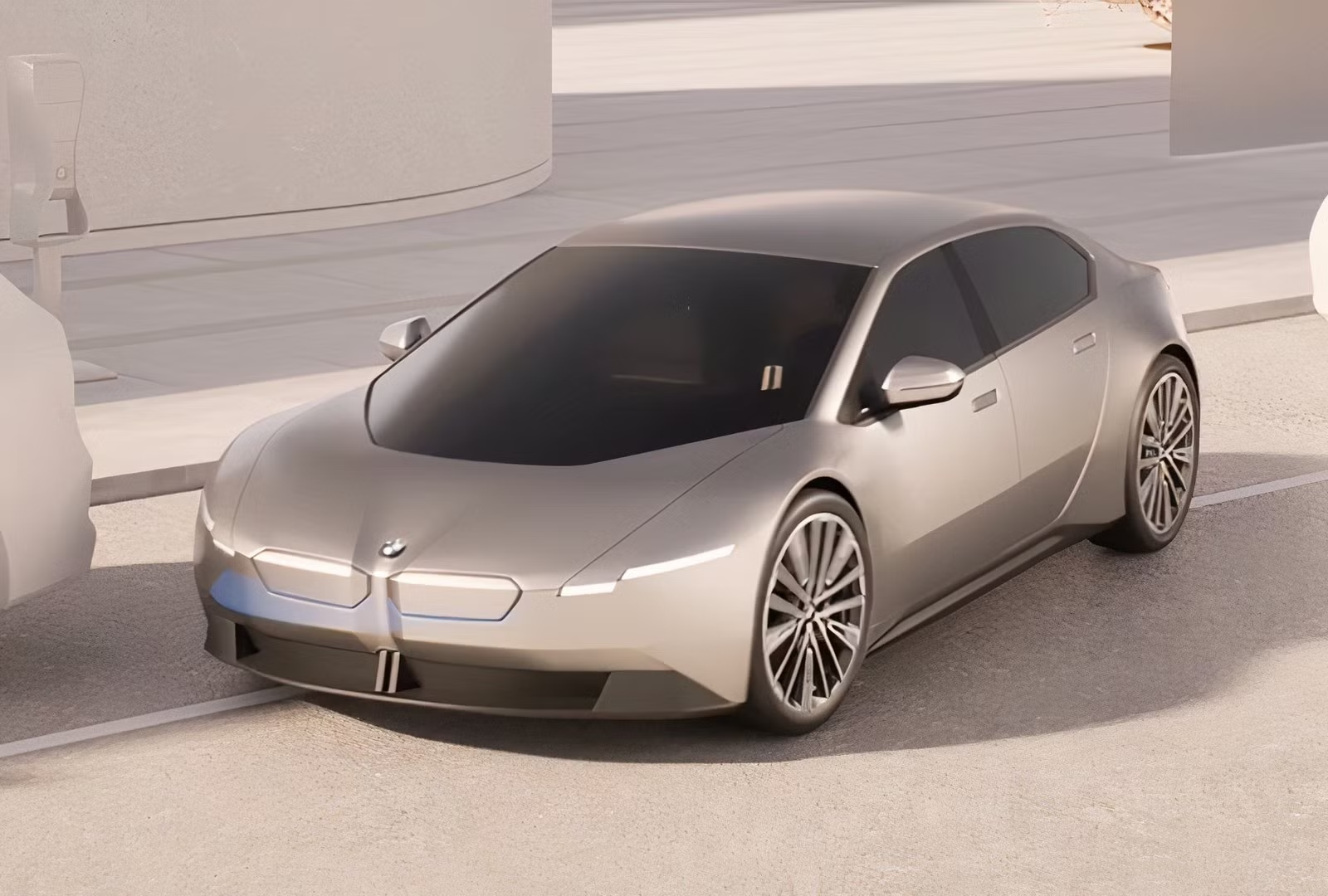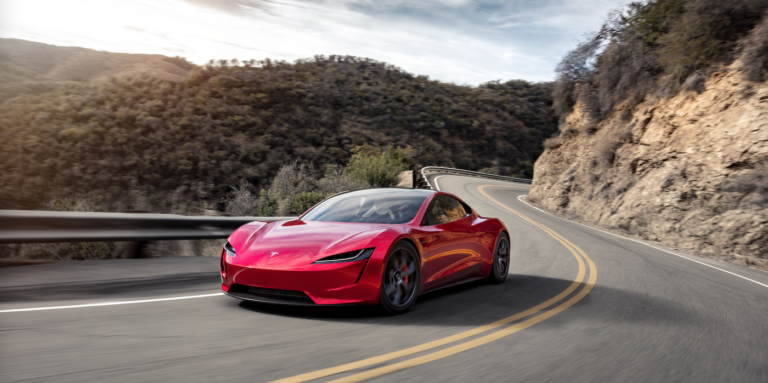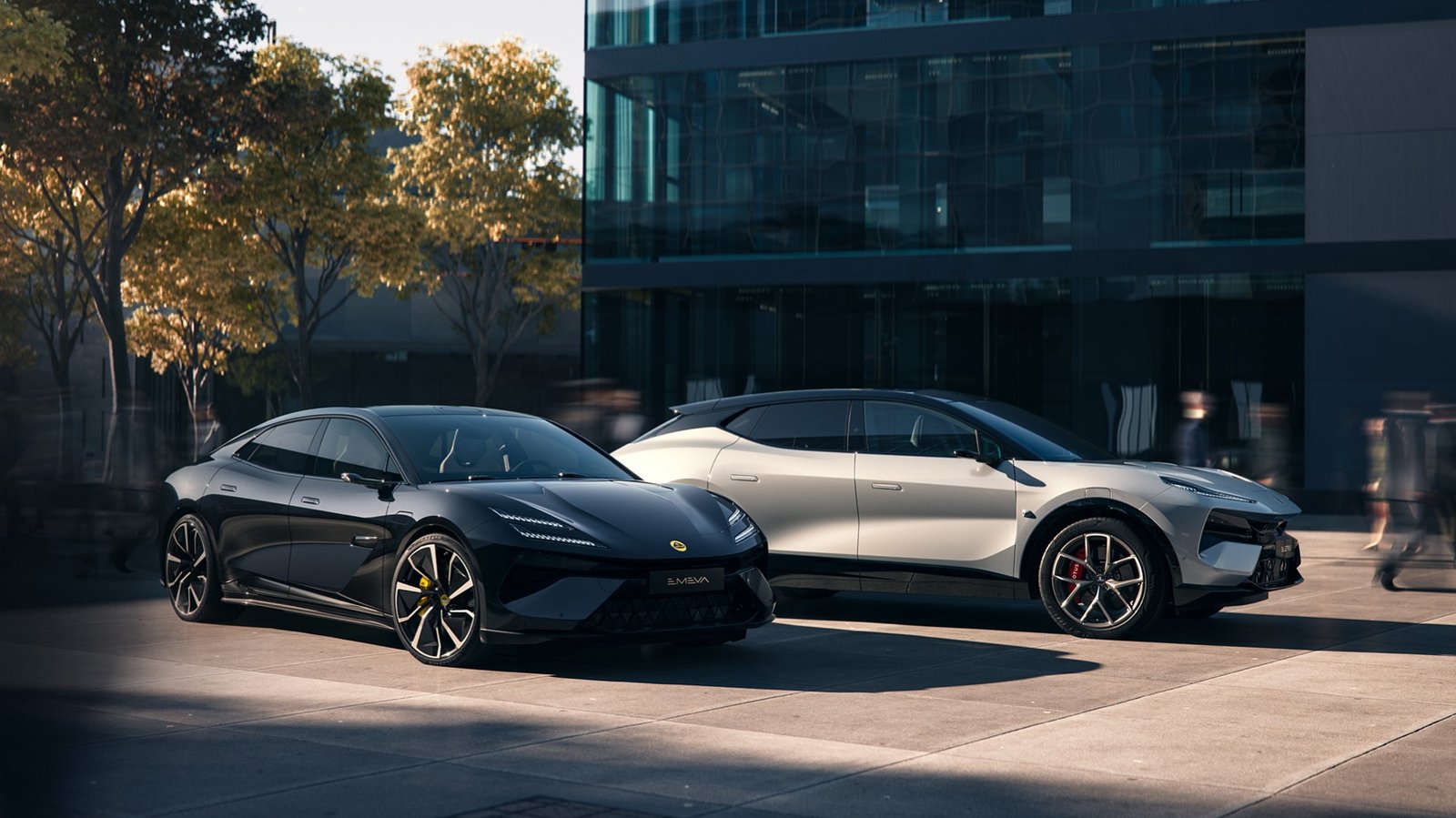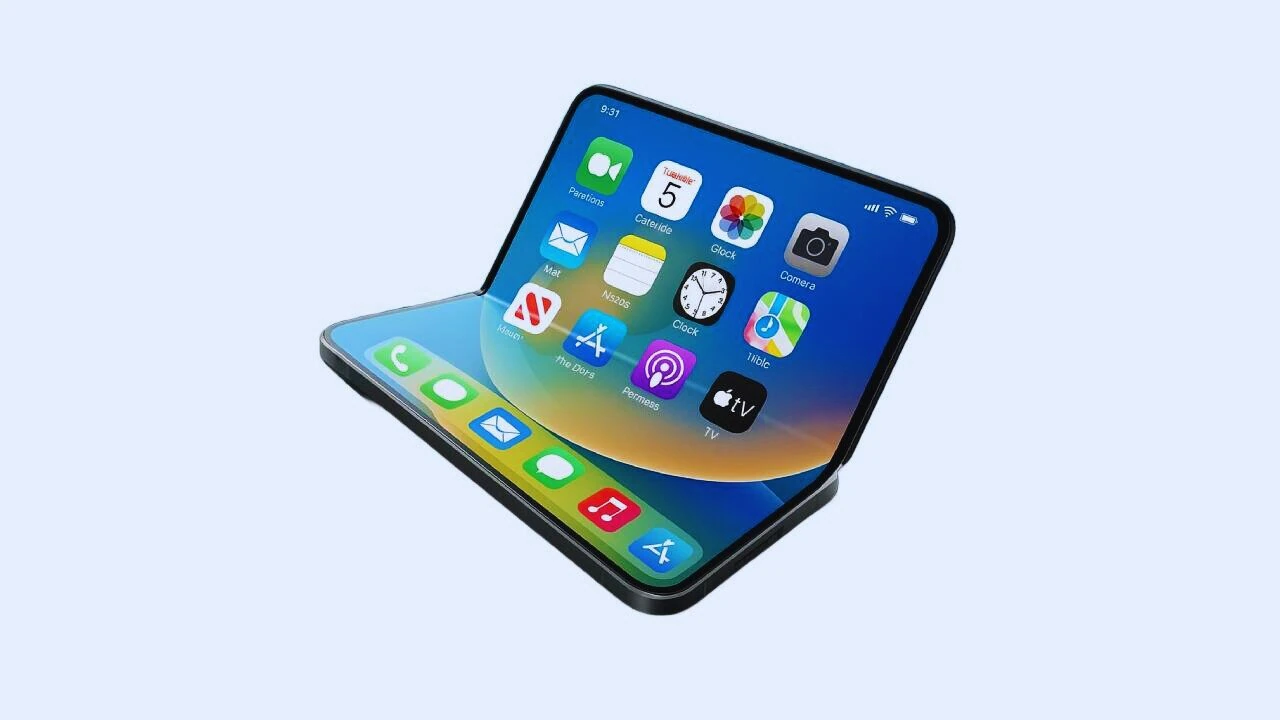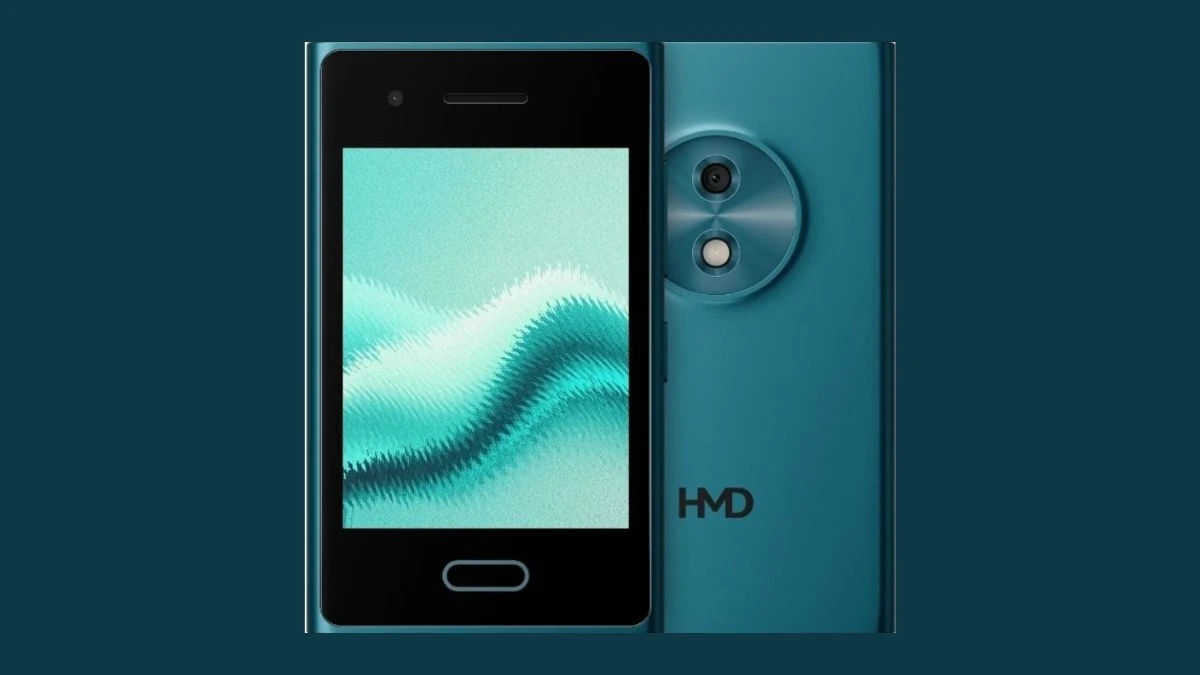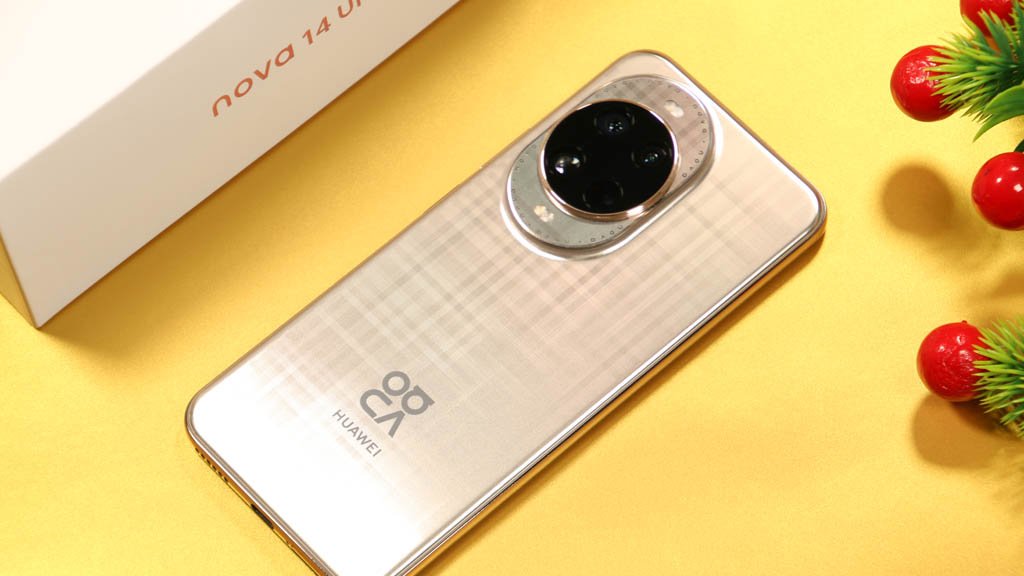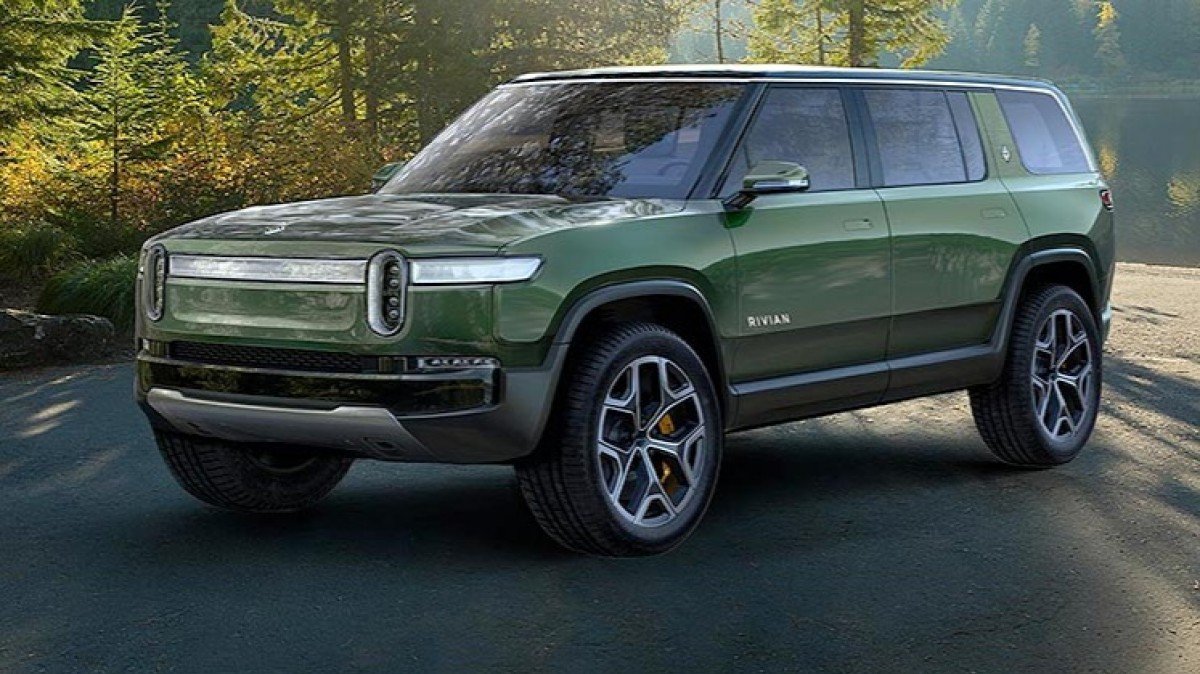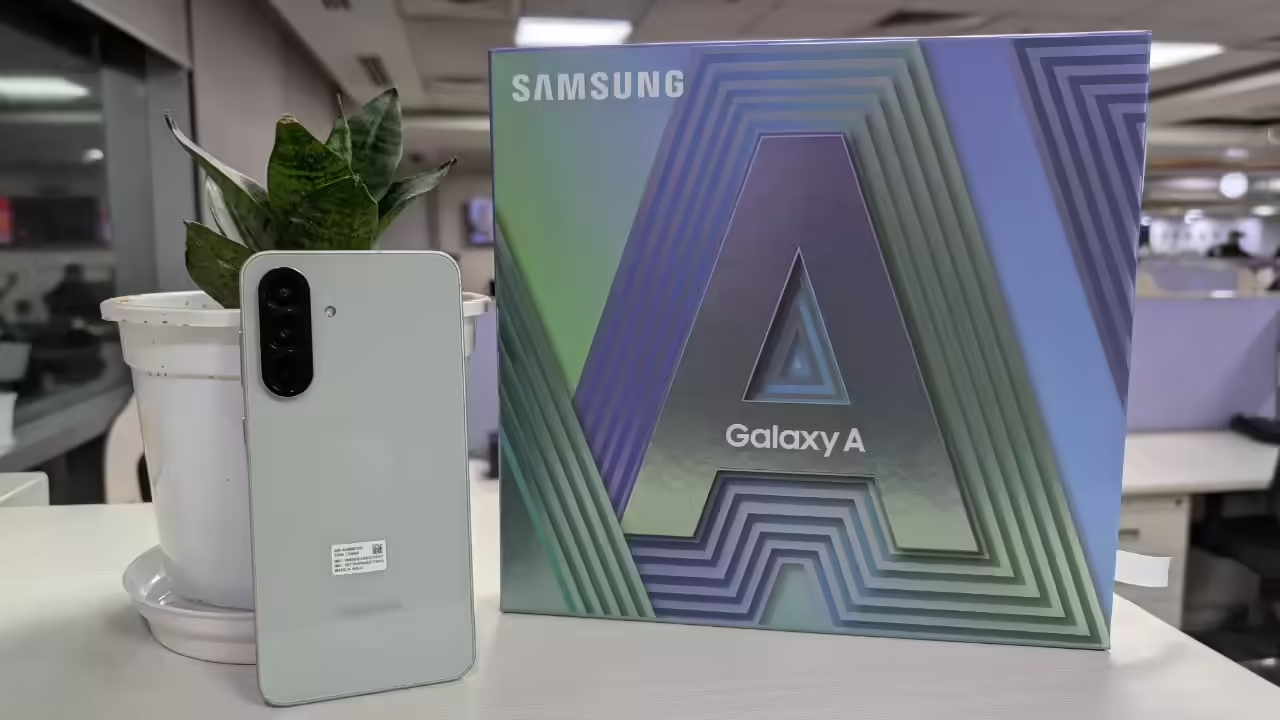The BMW i3 stands out as one of the most innovative electric vehicles (EVs) of its generation, setting new standards in design, technology, and sustainability. Launched in 2013, it was far ahead of its time in redefining what an electric car could be. Unlike many EVs that followed conventional design cues, the BMW i3 combined futuristic aesthetics with practical urban mobility, emphasizing eco-friendly materials and efficient technology long before these became mainstream priorities.
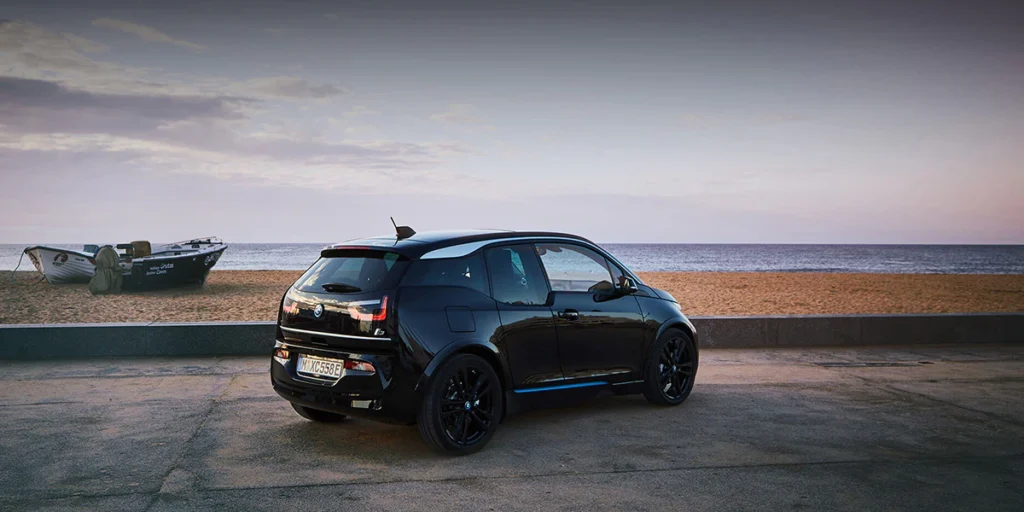
One of the most striking features of the BMW i3 was its unique approach to sustainability. BMW didn’t just focus on electrifying the powertrain; the i3’s design incorporated renewable and recycled materials extensively. The passenger cabin used natural fibers, recycled plastics, and sustainably sourced wood, making the i3 one of the first cars to prioritize eco-conscious materials throughout its build. This approach demonstrated BMW’s commitment to reducing the overall environmental impact, from manufacturing to end-of-life recycling.
From a technological perspective, the BMW i3 pushed the envelope with its electric drivetrain and innovative use of carbon fiber reinforced plastic (CFRP). The CFRP chassis was exceptionally lightweight yet strong, improving range and handling without compromising safety. This advanced material was not commonly used in mass-market vehicles at the time, placing the i3 at the forefront of automotive engineering.
The BMW i3’s electric motor provided brisk acceleration, making it ideal for city driving and short commutes. Its compact size and tight turning radius further enhanced maneuverability in congested urban environments. Range anxiety—a common concern among EV buyers—was addressed through an optional range extender model, which included a small gasoline engine to recharge the battery on the go. This thoughtful solution reassured drivers without relying solely on charging infrastructure, which was less developed in the early 2010s.
In addition to hardware, the i3 featured a host of innovative software and connectivity options that elevated the driving experience. It was among the first BMW models to offer smartphone integration and real-time navigation optimized for electric vehicles. These technologies helped drivers locate charging stations and manage energy consumption more efficiently.
Beyond its individual features, the BMW i3 played a critical role in changing public perception of electric vehicles. Its bold, unconventional design attracted attention and sparked curiosity, challenging the notion that EVs had to look bland or uninspiring. It proved that electric cars could be desirable, stylish, and practical all at once. This influence paved the way for subsequent electric models, both from BMW and other manufacturers, to embrace creativity and innovation.
While newer EVs now boast longer ranges and faster charging capabilities, the BMW i3’s legacy remains strong. It was a trailblazer in integrating sustainability into automotive design and making electric driving accessible and appealing. The i3 demonstrated that environmental responsibility and driving pleasure could coexist, a philosophy that continues to shape the future of transportation.
In summary, the BMW i3 was ahead of its time by combining sustainable materials, cutting-edge technology, and a distinctive design that challenged industry norms. It was not just an electric vehicle but a statement about the future direction of the automotive world—one focused on innovation, sustainability, and urban-friendly mobility.
Frequently Asked Questions (FAQs)
1. What made the BMW i3 different from other electric cars when it was launched?
The BMW i3 was unique for its use of sustainable materials, lightweight carbon fiber construction, and a design focused on urban mobility.
2. How did the BMW i3 address range anxiety?
BMW offered an optional range extender, a small gasoline engine that recharges the battery to extend driving range beyond the electric-only capability.
3. What materials were used in the BMW i3 to enhance sustainability?
The i3 used natural fibers, recycled plastics, and sustainably sourced wood for its interior, along with a carbon fiber reinforced plastic chassis.
4. Was the BMW i3 suitable for city driving?
Yes, its compact size, quick acceleration, and tight turning radius made it ideal for navigating crowded city streets.
5. How did the BMW i3 influence electric vehicle design?
Its bold design and focus on sustainability helped change public perception, inspiring future EVs to combine style, innovation, and eco-consciousness.

